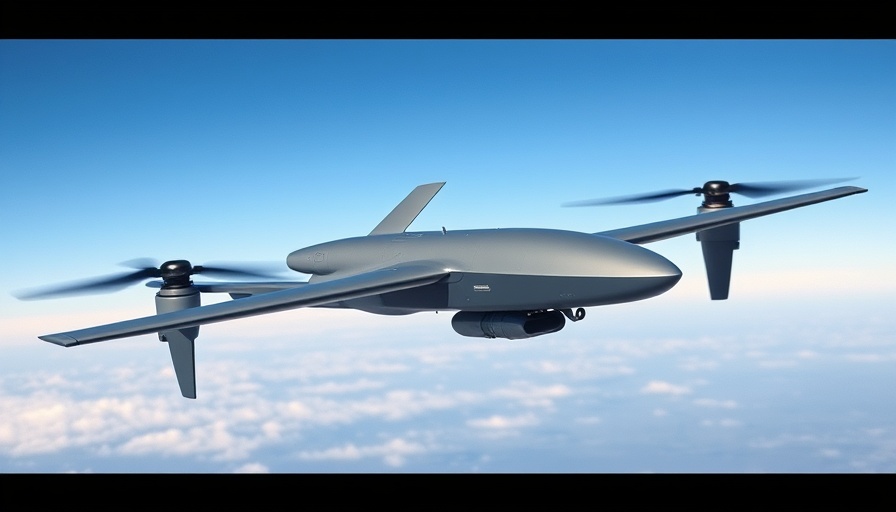
Understanding Fix & Flip: A Lucrative Venture
Fixing and flipping properties is an alluring investment strategy that can yield substantial returns when executed well. With a solid plan and a strategic approach, turning a dilapidated house into a profitable investment can be a fulfilling endeavor. However, it demands diligence, market awareness, and the right partnerships.
Researching the Market: The Foundation of Success
Before embarking on a fix and flip journey, investing considerable time into understanding the real estate market is essential. Market research not only helps gauge the potential return on investment (ROI) but also directs renovations catering to specific buyer demographics.
- Target Audience Identification: Are you targeting newlyweds, families, or retirees? Knowing your audience can significantly influence renovation decisions, ultimately impacting the property's allure and saleability.
- Neighborhood Trends: Analyze which neighborhoods are appreciating and what popular features buyers seek. Properties near schools, amenities, and transport links often draw more interest, leading to quicker sales and higher profits.
- Regulatory Compliance: Familiarization with local regulations, zoning laws, and necessary permits can smoothen the renovation process. This knowledge helps avoid potential pitfalls like costly delays and fines, ultimately preserving profits.
The Importance of a Reliable Team in Your Fix & Flip
A successful fix and flip operation hinges on the quality of your team. Building a reliable network is instrumental, from seasoned subcontractors to adept real estate agents.
- Skilled Subcontractors: Ensure that the contractors you hire are licensed, accredited, and experienced in their trades. The right craftsmen can significantly enhance the renovation quality.
- Real Estate Agents: Choose agents with deep knowledge of the local market. Their insights can help price the property effectively, while their negotiation skills can secure the best deals.
- Loan Officers: Partnering with financial specialists, such as CoFi's loan officers, can streamline financing. These professionals offer invaluable support and understanding of the financing structure, ensuring timely funding of your project needs.
Financing Your Fix & Flip Project: Choosing the Right Lender
Securing adequate financing is a pivotal step in a fix and flip project. CoFi specializes in offering competitive residential construction loans tailored to meet specific project requirements.
- Loan Structures: CoFi generally offers loans for non-owner-occupied properties with flexible terms. Features like interest reserves promote liquidity, ensuring that expenses are managed effectively through the project lifecycle.
- First Position on Liens: CoFi holds the first position on liens, providing a secure funding option that prioritizes your investment while minimizing risks.
- Personal Guarantees: Understanding that most loans involve personal guarantees can influence your financing strategy, particularly in evaluating risk and return.
Your Path to Fix & Flip Success
Transforming distressed properties into high-demand investments requires meticulous planning, market understanding, a reliable team, and the right financing partner like CoFi. By implementing these steps, you can maximize your profit potential and navigate the complexities of the real estate market effectively.
Ready to get started on your fix and flip journey? Contact CoFi today to discuss how we can help finance your next project and support you throughout the process.
 Add Row
Add Row  Add
Add 




Write A Comment